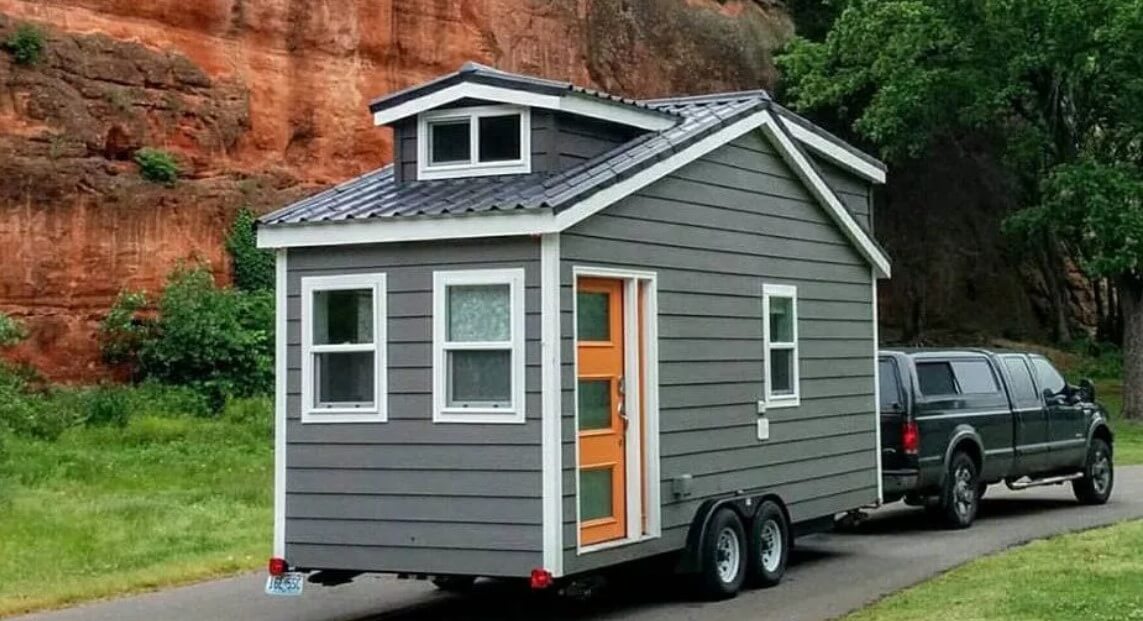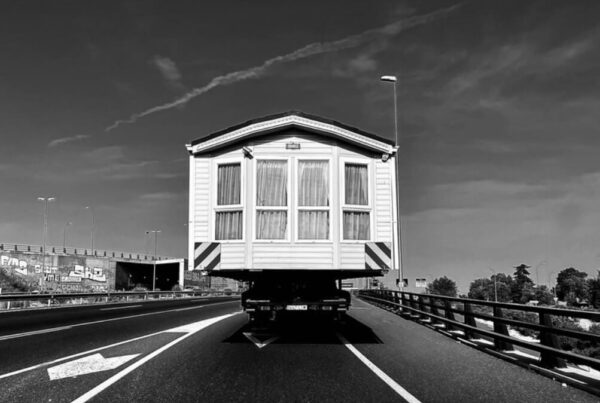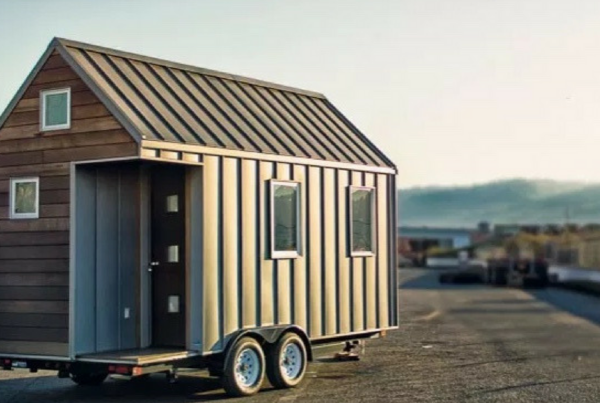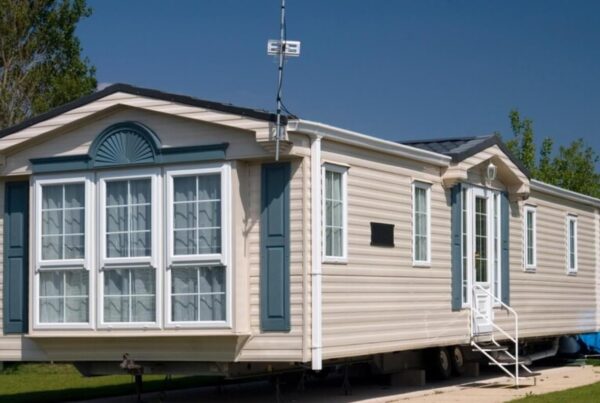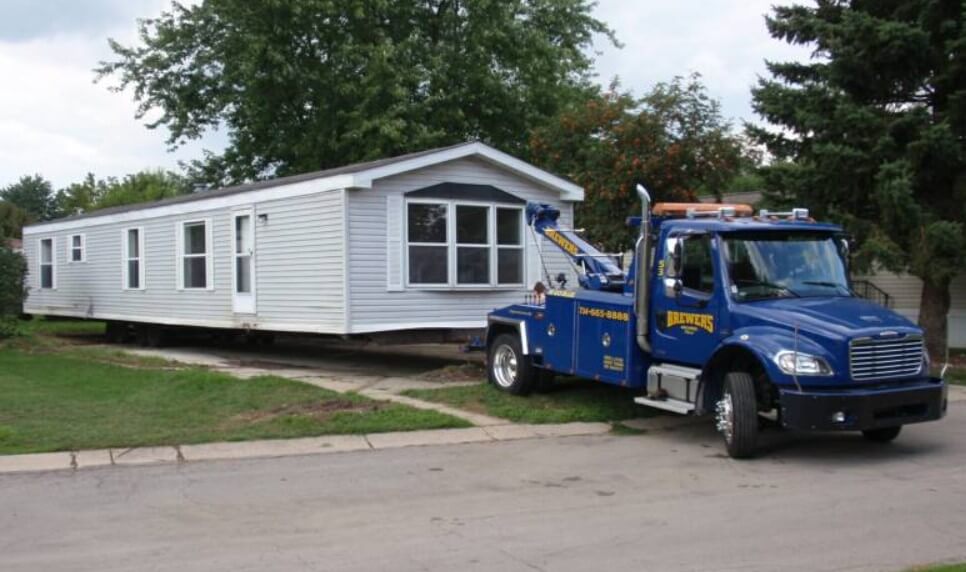
Relocating or demolishing a mobile home requires taking into consideration numerous elements. When making decisions on relocation and demolishing projects, understanding these components will enable more informed choices to be made. But, How do you determine the value of a mobile home removal? In this blog post, we’ll take you through key factors when it comes to appraising Mobile Home Removal projects.
1. Condition of Mobile Home
In assessing the value of mobile home removal, its first step must be assessing its current condition – is it still inhabitable, or has it fallen apart completely? Here are key questions you need to ask in this process.
- Are there major structural issues, like sagging roofs or damaged floors, which require attention?
- Can I remove an external wall?
- Is the mobile home skirting still intact?
If the mobile home is in decent shape, other than demolition options may exist, including selling or donating it. However, due to additional labor involved in its removal, its value may be minimal due to extra costs associated with demolition.
2. Location and Availability of Facilities
Location plays an integral role in determining the cost of mobile home removal. Mobile homes located in rural or remote locations may incur higher removal expenses as crew members travel greater distances during removal operations.
Accessibility to the site is equally essential. If your mobile home is situated in a tight space or is surrounded by trees, removal could require extra time and equipment increasing costs overall.
3. Size and Weight of Mobile Homes
Mobile homes vary in terms of both size and weight. As their removal requires additional resources. A single-wide model typically costs less to move out than double or triple-wide models.
Provide accurate details to your removal contractor so they can give an accurate estimation based on the size and weight of your mobile home.
4. Evaluate Demolition Versus Relocation
Mobile home removal costs depend heavily on whether or not the structure will be demolished, relocated, or both. Relocating requires disassembling, transporting, and reassembling at its new site which could prove more costly.
Demolition may be less costly overall. However, additional expenses could arise should there be hazardous materials like asbestos that require special handling procedures.
5. Permits and Local Regulations
Before moving forward with any Mobile Home Removal process, you must obtain all necessary permits from local authorities. Some regions have more stringent guidelines; failing to adhere could incur fines for breaking them.
Disposing of debris from demolished mobile homes often needs to abide by specific environmental regulations, further adding costs.
6. Hidden Costs at Play
Your Mobile Home Removal is subject to various extra expenses that could be incurred in its removal process such as:
- Mobile Home Skirting: Before beginning to sell or dispose of a mobile home with skirting attached, its removal must first be addressed and its disposal costs factored into the total price.
- Site Cleanup: After dismantling a mobile home, it may be necessary to clear away debris accumulating around it, which may incur extra expenses.
- Utility Disconnections: Don’t overlook the cost associated with disconnecting electricity, water, and sewer lines.
Final Thoughts
How do you determine the value of a mobile home removal? The cost of mobile home removal depends on several variables, including its condition, location, and size. When considering relocation or demolition options for your mobile home, make sure you carefully assess these aspects to avoid hidden fees or surprises that arise unexpectedly.
Contacting professionals such as Washington Free Mobile Home Removal may help guide the way and guarantee optimal value from this project. They will make sure everything goes as smoothly as possible and that everything meets applicable codes and laws!
